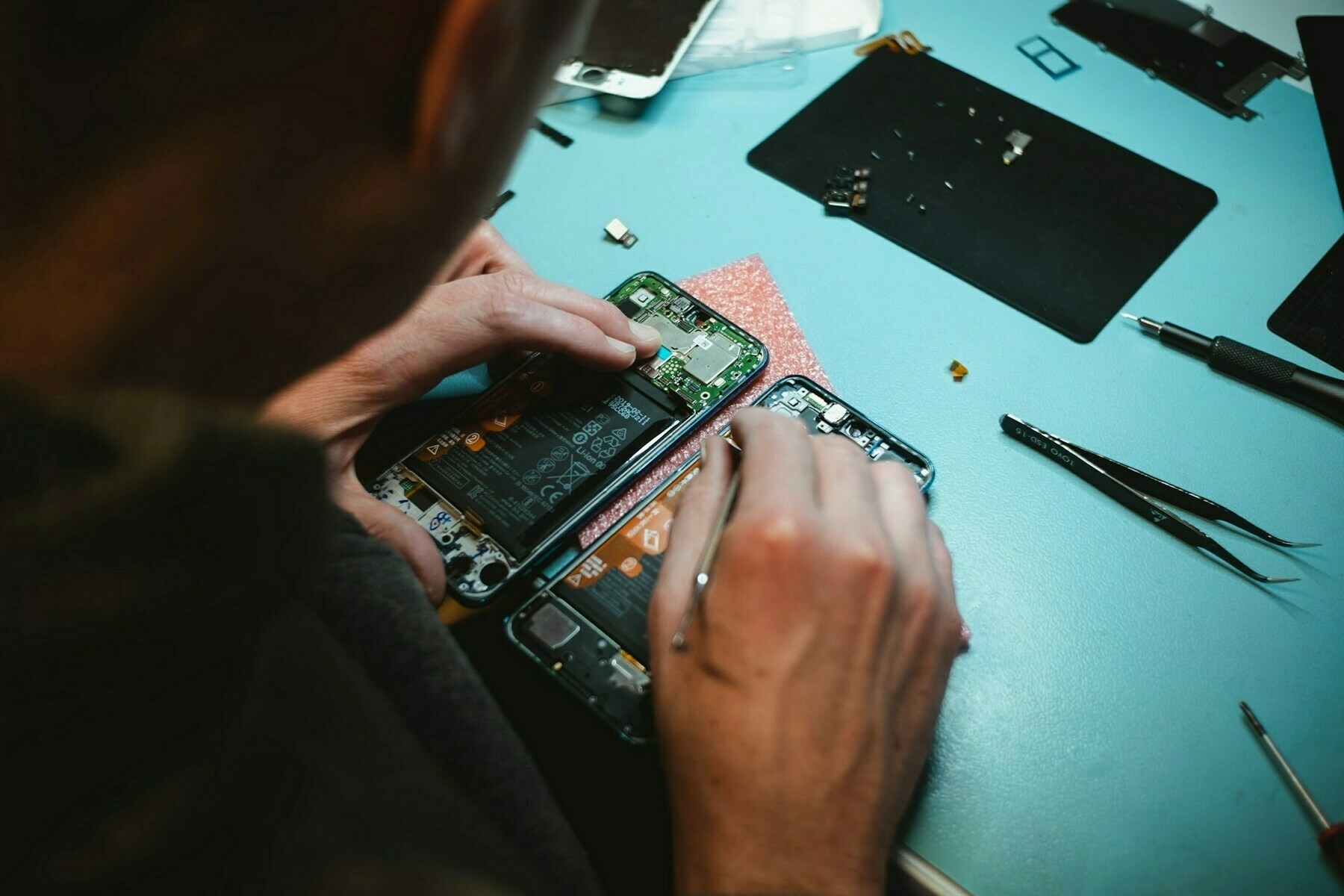These parts would end up in a landfill otherwise

‘Degrowth’ is an idea which makes perfect sense in a resource-limited world. Yet the framing remains problematic and doesn’t seem to chime with the current Overton window.
Degrowth’s main argument is that an infinite expansion of the economy is fundamentally contradictory to the finiteness of material resources on Earth. It argues that economic growth measured by GDP should be abandoned as a policy objective. Policy should instead focus on economic and social metrics such as life expectancy, health, education, housing, and ecologically sustainable work as indicators of both ecosystems and human well-being.
I bring this up because of an article I saw in The Verge about ‘Frankenstein’ laptops being created from salvaged parts in India. Done properly, this is degrowth in action: creating value by repurposing e-waste into functional machines. It reminds me of a scene from Star Wars: Episode IV – A New Hope where Luke Skywalker’s uncle purchases R2-D2 and C-3PO from the Jawas, who resell scrap, droids, and technology they salvage from the environment and crashed ships.
One of the reasons Trump wants a deal with Ukraine and has threatened both Canada and Greenland is due to access to minerals. In a high-tariff, protectionist world, degrowth helps us resist tyrants and create economies that are not based on endless growth. Sometimes that number has to stop going up and to the right.
Across India, in metro markets from Delhi’s Nehru Place to Mumbai’s Lamington Road, technicians like Prasad are repurposing broken and outdated laptops that many see as junk. These “Frankenstein” machines — hybrids of salvaged parts from multiple brands — are sold to students, gig workers, and small businesses, offering a lifeline to those priced out of India’s growing digital economy.
[…]
Manohar Singh, the owner of the workshop-slash-store where Prasad works, flips open a refurbished laptop while sitting on a rickety stool. The screen flickers to life, displaying a crisp image. He smiles — a sign that another machine has been successfully revived.
“We literally make them out of scrap! We also take in second-hand laptops and e-waste from countries like Dubai and China, fix them up, and sell them at half the price of a new one,” he explains.
“A college student or a freelancer can get a good machine for INR 10,000 [about $110 USD] instead of spending INR 70,000 [about $800 USD] on a brand-new one. For many, that difference means being able to work or study at all.”
[…]
[M]any repair technicians have no choice but to rely on informal supply chains, with markets like Delhi’s Seelampur — India’s largest e-waste hub — becoming a critical way to source spare parts. Seelampur processes approximately 30,000 tonnes (33,069 tons) of e-waste daily, providing employment to nearly 50,000 informal workers who extract valuable materials from it. The market is a chaotic maze of discarded electronics, where workers sift through mountains of broken circuit boards, tangled wires, and cracked screens, searching for usable parts.
Farooq Ahmed, an 18-year-old scrap dealer, has spent the last four years sourcing laptop components for technicians like Prasad. “We find working RAM sticks, motherboards with minor faults, batteries that still hold charge and sell it to different electronic workshops,” he says. “These parts would end up in a landfill otherwise.”
[…]
Despite the dangers, the demand for Frankenstein systems continues to grow. And as India’s digital economy expands, the need for such affordable technology will only increase. Many believe that integrating the repair sector into the formal economy could bring about a win-win situation, reducing e-waste, creating jobs, and making technology more accessible.
Sources: Wikipedia & The Verge
Image: Kilian Seiler